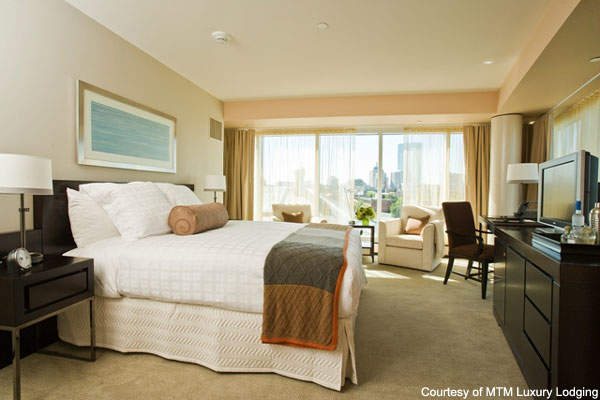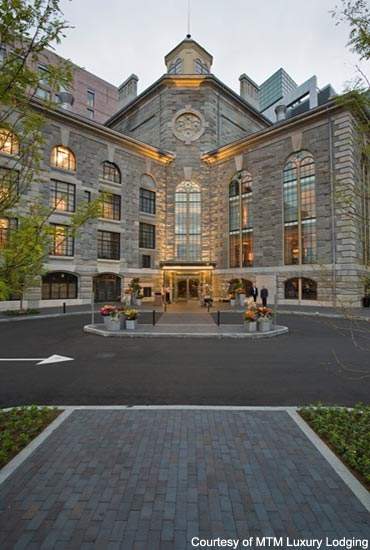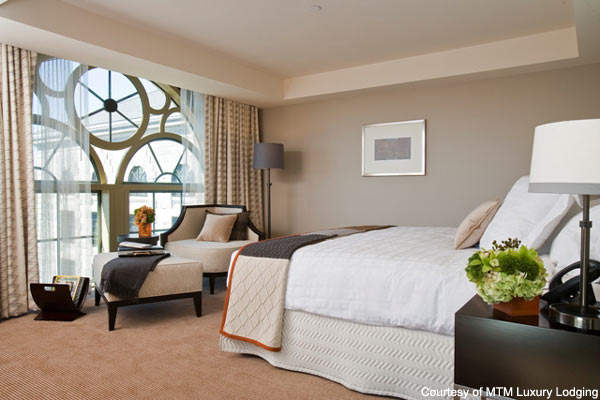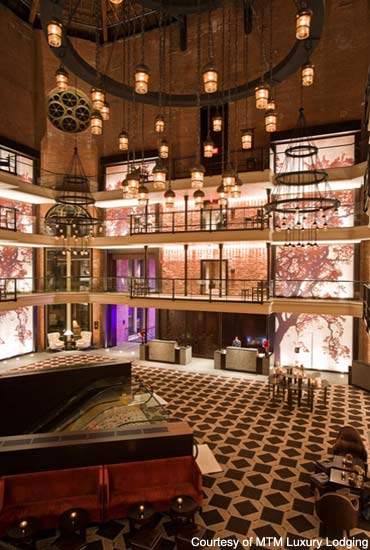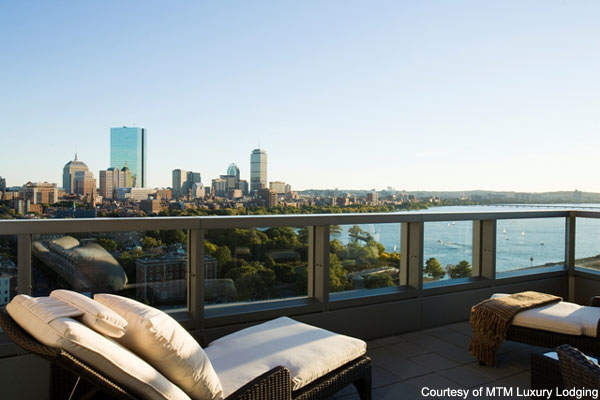The Liberty Hotel in Boston’s Beacon Hill neighbourhood must be one of the best-known examples of the transformation of the use of a building from one end of the spectrum to the other. The building was designed by Gridley James Fox Bryant and Louis Dwight. Built in 1851, the Liberty Hotel started life as Boston’s Charles Street Jail. The jail closed in 1990 and the building was passed into the care of Massachusetts General Hospital (MGH).
In 2001 the dilapidated, but attractive Victorian building was leased from MGH and passed to the developers Richard L Friedman (Carpenter and Company) and Kennedy Associates of Seattle (hotel financier). The $150m hotel project started in 2002 and took five years.
It was the result of support from several quarters including Massachusetts Historical Commission (which supplied $15m in tax credits), the Boston Landmarks Commission, Boston Mayor’s office (Menino), the National Park Service and the Boston Redevelopment Authority. All of these bodies wanted to make full use of the building, but did not want its original character changed.
The finance for the project was provided by Deutsche Bank and San Diego National Bank. The operator of the hotel, which opened in September 2007, is MTM Luxury Lodging.
Original Liberty Hotel
The building has a central octagonal section with four circular wooden windows and then has four wings radiating out, each having three-storey arched windows with articulated wedge shaped stone voussoirs (French design). The windows were designed to allow lots of light into the prison and now they do the same for the hotel.
The jail’s 90ft central rotunda has been transformed into the core (lobby and public space) of the hotel, preserving the windows’ wrought ironwork. The central cupola was restored to its intended glory.
The exercise yard has now been made into a private restful garden for guest use. The interior of the hotel has been decorated in the same Victorian style with dark mahogany and ebonised woods and fabrics featuring maroon, grey, rose pink, taupe and purple and embroidered patterns.
Project contractors
Cambridge Seven Associates Inc was the project architect (Gary Johnson) along with Ann Beha Architects Inc (Pamela Hawkes, a historic preservation architect). The general contractor for the project was Suffolk Construction. The interior designer for the project was Alexandra Champalimaud and Associates Inc.
The landscape architect for the project was Michael Van Valkenburgh Associates. The commissioned artist was Coral Bourgeois, who designed a mosaic consisting of multi-textured tiles of historical scenes. The construction team were able to work from the architect’s original plans for the refurbishment and restoration of many of the main features.
Liberty facilities
The hotel has 298 guest rooms, including ten suites, which range in size from 400 to 800ft². The rooms have floor-to-ceiling windows, some of which still have their ornate ironwork. There are 18 brick-walled bedrooms in the jail building, as well as other facilities such as the grand ballroom, with enough room for 200 for dinner or 350 at a reception, and a restaurant and bar. In addition, there is a restored jail cell and a section of catwalk depicting the jail’s history.
Over from the new courtyard garden is a new 16-storey tower containing the hotel’s remaining 280 guest rooms. Room facilities include HD-LCD television, private bar with martini set, VOIP telephone, Wi-Fi, in-room safe, four-fixture bathroom, private bar and special bathroom products.
The Escape suites have a master bedroom with king-size bed, one and a half bathrooms, and separate living and dining area. The Presidential suite is 2,200ft², with floor-to-ceiling windows and wrap-around views of the city. It has a master bedroom with dressing room, living room, dining room, butler pantry, library and a 305ft² terrace.
Liberty’s restaurants and bars
The hotel has three dining areas including Clink, a cocktail bar and restaurant on the lobby level serving regional dishes and cocktails. It also uses Ishiyaki, the Japanese method of hot stone cooking. Alibi is a bar set in the jail’s old drunk tank, with the original blue stone floors and brick walls, that serves cocktails and a variety of light evening meals.
Scampo is an Italian restaurant with open kitchen, which has been designed by Raphael Alvares and is run by chef Lydia Shire. The guests can relax on an outdoor patio attached to the 38-seat dining room of Scampo. The hotel lobby bar is the Veuve Clicquot la Grande Dame, which is situated in the rotunda and serves vintage Champagne by the glass or the bottle. The lobby bar opens out to an outdoor patio, The Yard.
Business centre
The hotel has around 6,000ft² of space that can host events of almost every size and scope. The hotel has six meeting rooms including the Liberty Ballroom, which has floor-to-ceiling windows and can be adapted from a large meeting room to a reception room for 350.
There are also sky-lit meeting rooms on the fourth floor for groups of 45 to 80 guests, ranging in size from 415 to 645ft².
In addition, the Esplanade room on the fifth floor has exclusive access to the rotunda catwalk, which can be used for break-out meetings and standing cocktail receptions. Other meeting rooms range from 415ft² to 1,050ft² of space.

